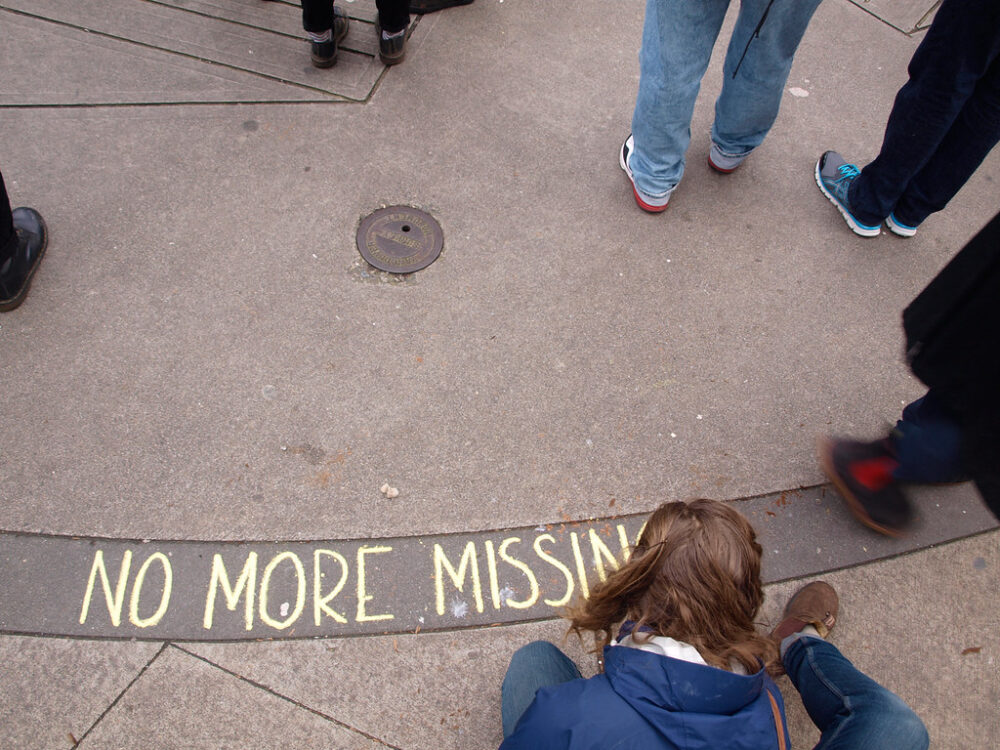
By Sophia Mercado
There has been a lot of media coverage over the case of missing 22-year-old white woman, Gaby Petito. Recently, her remains were found at a camping area near Grand Teton National Park in Wyoming.
Petito’s case struck a nerve. Missing Indigenous women do not get the amount of attention compared to white women, and have a higher frequency of experiencing violence.
According to the University of Wyoming’s Wyoming Survey & Analysis Center, Indigenous victims make up less than 3% of the Wyoming population, but make up 21% of the homicide victims. The Native Women’s Wilderness has even stated that, “Indigenous Women are 1.7 times more likely than Anglo-American women to experience violence.”
Although crimes against Indigenous women happen more frequently, there seems to only be little to no media coverage.
According to a report conducted by Urban Indian Health Institute, “One-quarter of the total number of cases [they studied] were covered by local, regional, or national media.” A study conducted by Northwestern University sociologist Zach Sommmers found that 49.74% of the missing person articles he studied covered a missing white woman case.
The disparity between the likelihood of a missing Indigenous women case compared to a missing white woman is apparent. But how does this affect the success of a missing person case?
The Teton County’s search and rescue team found Petito’s body eight days after she was reported missing. Typically, 92% of missing cases regarding white people are resolved within a month. Meanwhile, only 72% of missing Indigenous people cases are resolved within a month.
“It is not that these white women should matter less, but rather that all missing people should matter equally. Race should not determine how newsroom leaders assign coverage, especially because those decisions often lead to disproportionate allocation of government resources, as investigators try to solve the highest-profile cases,” New York Times opinion columnist Charlie M. Blow said.





